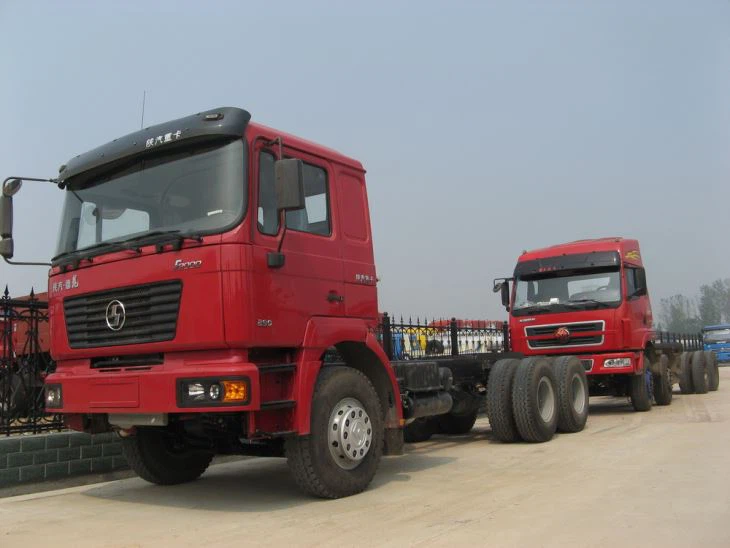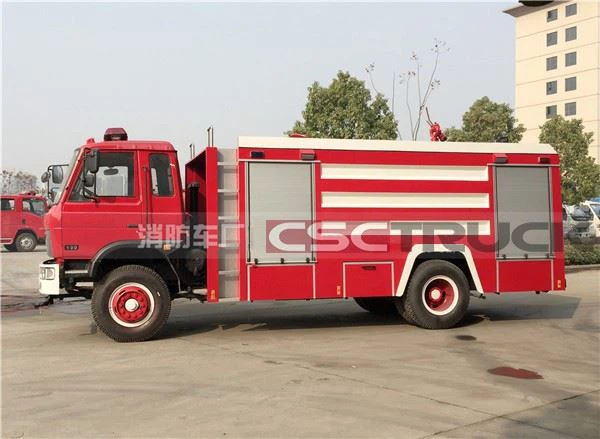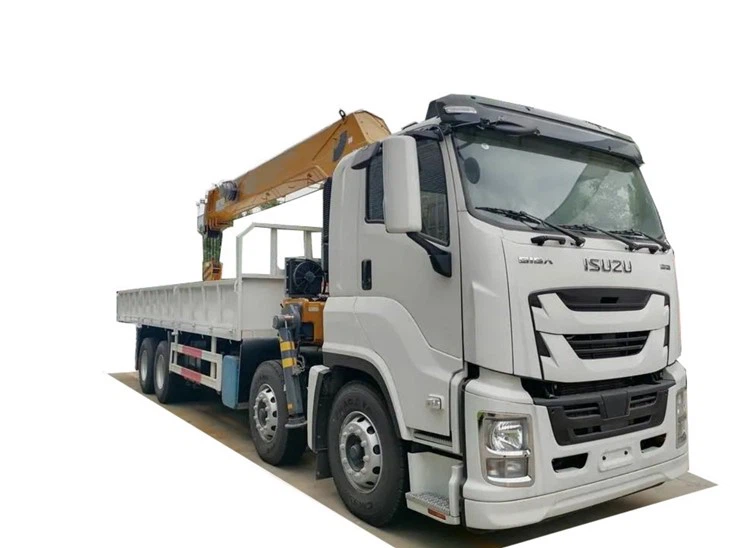Understanding the Slurry Machine: A Comprehensive Guide

Introduction
The slurry machine is an essential piece of equipment in various industries, from construction to mining. Its primary function is to mix and transport slurry—a semi-liquid mixture of solids and liquids—effectively and efficiently. This article aims to provide a thorough understanding of slurry machines, including their types, applications, operational principles, and maintenance tips. Whether you are considering investing in a slurry machine or simply want to expand your knowledge, this guide will serve as a valuable resource.
What is a Slurry Machine?
A slurry machine is designed to handle the preparation, mixing, and transportation of slurry. Slurry can be derived from a range of materials, including cement, sand, minerals, and food products. The machine ensures that these materials are mixed uniformly before being delivered to the desired location. This equipment is crucial in industries such as construction, mining, and wastewater management.
Types of Slurry Machines
There are several types of slurry machines, each tailored for specific applications. The following are the most common types:
1. Slurry Pumps
Slurry pumps are designed to handle the transportation of slurry over long distances. These pumps are robust and capable of moving thick mixtures without damaging the solid particles contained within.
2. Mixers
Slurry mixers are used to ensure that the solid and liquid components are blended uniformly. This type of slurry machine is essential for producing consistent mixtures, particularly in construction and mining operations.
3. Agitators
Agitators are often used in conjunction with other slurry equipment to keep solids suspended in the liquid, preventing settling and ensuring a homogenous mixture throughout the entire process.
4. Slurry Tanks
Slurry tanks are storage vessels specifically designed to hold slurry before it undergoes processing or transport. These tanks often come equipped with mixing capabilities to maintain the uniformity of the slurry.
Applications of Slurry Machines
Slurry machines find applications in various fields. Here are some major industries that benefit from these machines:

1. Construction
In construction, slurry machines are primarily used for mixing concrete. They ensure that components like cement, aggregates, and water are combined to form a uniform mixture, ready for pouring.
2. Mining
Mining operations utilize slurry machines for transporting minerals from mines to processing plants. The ability to handle thick mixtures safely is crucial to optimizing mining efficiency.
3. Environmental Management
In wastewater treatment, slurry machines are used to transport and mix sludge and other byproducts. This is essential for effective treatment and disposal of waste materials.
4. Food Industry
The food industry uses slurry machines for mixing ingredients, particularly in the production of liquid foods and sauces. This ensures a consistent texture and flavor in the final product.
Operational Principles of Slurry Machines
Understanding how slurry machines operate is vital for effective usage. The operational principles vary between different types of slurry machines but generally involve a combination of mechanical and hydraulic processes.
Understanding Slurry Flow

The flow of slurry can be influenced by various factors, including the viscosity of the mixture, the size of the solid particles, and the type of machine used. The following points are essential in understanding slurry flow:
1. Viscosity
The viscosity of the slurry affects how easily it flows through pipes and pumps. Higher viscosity requires more energy to pump and may necessitate specialized equipment.

2. Particle Size
Smaller particles tend to suspend better in liquids, leading to smoother flow. Larger particles may settle, requiring additional mixing and agitation.
3. Pump and Pipe Design
Choosing the right pump and piping system is crucial in reducing friction losses and preventing blockages. Options include centrifugal pumps and progressive cavity pumps, each offering different advantages based on the slurry characteristics.
Considerations for Choosing a Slurry Machine
Selecting the right slurry machine requires careful consideration of several factors. Here are some points to weigh when making your choice:
1. Type of Slurry
Identify the characteristics of the slurry you will handle, including viscosity, particle size distribution, and concentration. This will guide you in selecting the most suitable machine.
2. Required Capacity
Consider the volume of slurry that needs to be processed. Ensure the chosen machine can handle the required capacity without compromising performance.
3. Maintenance and Serviceability
Choose a slurry machine that is easy to maintain and has readily available replacement parts. This will ensure operational efficiency and minimize downtime.
4. Energy Efficiency
Energy-efficient machines not only reduce operating costs but also minimize environmental impact. Look for models with energy-saving features.
Maintenance Tips for Slurry Machines
To ensure the longevity and efficiency of your slurry machine, regular maintenance is critical. Follow these tips to keep your equipment in top condition:
1. Regular Inspection
Schedule routine inspections to check for wear and tear on components such as pumps, seals, and hoses. Identifying issues early can prevent costly repairs.
2. Cleanliness
Keep the machine and surrounding area clean to prevent contamination. Slurry build-up can affect performance and lead to mechanical failures.
3. Lubrication
Frequent lubrication of moving parts is essential to reduce friction and wear. Use the appropriate lubricants as indicated in the manufacturer’s guidelines.
4. Monitor Operating Conditions
Regularly monitor factors like temperature and pressure during operations. Deviations from normal conditions can indicate underlying issues that need to be addressed.
Examples of Slurry Machine Use Cases
Here are some practical examples illustrating the use of slurry machines across various industries:
1. Slurry Mixing in Construction
In a construction project, a slurry mixer is used to create a homogeneous mixture of concrete ingredients. The machine blends cement, water, and aggregates, ensuring that the final mix meets the required specifications for strength and durability.
2. Mineral Transportation in Mining
A mining company utilizes a slurry pump to transport ore mixed with water from the extraction site to the processing facility. The pump is designed to handle the high solids concentration, ensuring efficient transport without damaging the ore.
3. Waste Sludge Treatment
In a wastewater treatment plant, agitators are employed to maintain the suspension of sludge in processing tanks. This ensures that the biological treatment processes remain efficient and effective.
4. Food Product Manufacturing
A food manufacturer uses a slurry mixer to blend various ingredients into sauces. The machine ensures an even distribution of spices and other components, resulting in a consistent flavor profile for the final product.
Future Trends in Slurry Machine Technology
The slurry machine industry is undergoing significant technological advancements. Here are a few trends to watch for:
1. Automation and Smart Technologies
Automation is becoming increasingly prevalent in slurry machine operations. Smart sensors and control systems allow for real-time monitoring and adjustments, optimizing performance and reducing human error.
2. Eco-Friendly Innovations
There is a growing emphasis on producing energy-efficient and environmentally friendly slurry machines. Manufacturers are adopting sustainable practices and materials to reduce their ecological footprint.
3. Advanced Materials
Research into advanced materials for slurry machine components is ongoing. These materials offer improved wear resistance and durability, extending the service life of equipment and reducing maintenance needs.
4. Enhanced Mixing Technologies
Innovations in mixing technologies are leading to more effective and efficient slurry machines. New designs are capable of handling varying slurry compositions, making them versatile for different industries.
Frequently Asked Questions (FAQs)
1. What is a slurry machine used for?
A slurry machine is used for mixing, transporting, and managing slurry— mixtures of solids and liquids—in various industries such as construction, mining, and wastewater treatment.
2. How do I choose the right slurry machine?
When choosing a slurry machine, consider factors such as the type of slurry, required capacity, maintenance needs, and energy efficiency.
3. What are the maintenance tips for slurry machines?
Regular inspection, maintaining cleanliness, proper lubrication, and monitoring operating conditions are essential maintenance tips for slurry machines.
4. Can slurry machines handle thick mixtures?
Yes, certain slurry machines, especially slurry pumps, are designed to handle thick mixtures and can transport them efficiently without damaging the solid particles.
5. Are there any eco-friendly options for slurry machines?
Yes, many manufacturers are now producing energy-efficient and eco-friendly slurry machines that utilize sustainable practices and materials.
6. What industries benefit from slurry machines?
Industries such as construction, mining, environmental management, and food production benefit significantly from the use of slurry machines.
